The Trump administration is ramping up pressure on China, including sending additional troops and two aircraft carriers to East Asia. But it is also retreating from the East Asian economy.
In late June, 15 East Asian countries, representing nearly 30% of world output and population, met by videoconference to commit to signing the Regional Comprehensive Partnership (RCEP) in November 2020. (RCEP members are the 10 Association of Southeast Asian Nations [ASEAN] countries, plus Australia, China, Japan, South Korea, and New Zealand.) By some measures, this will be the largest free trade agreement ever, joining a second important regional accord, the Comprehensive and Progressive Agreement for Trans-Pacific Partnership (CPTPP) that went into effect in 2018. (CPTPP members are Australia, Brunei, Canada, Chile, Japan, Malaysia, Mexico, New Zealand, Peru, Singapore, and Vietnam.)
The United States is missing from these agreements, having left the predecessor of the CPTPP (the Trans-Pacific Partnership) when President Trump took office. India, originally a member of the RCEP negotiations, withdrew just before the agreement’s conclusion. These departures hand China potent leverage: It is by far the largest economy in a now regionally focused East Asian system.
Will China use this leverage to advance short-term political interests — a kind of “China first” strategy — or build a rules-based system that works for other countries as well, perhaps as a model for global cooperation? How Chinese leaders answer this question will shape the economic and political landscape for years to come.
Huge economic potential
In computer simulations we recently published, we found that the U.S.-China trade war will reduce world incomes by $301 billion annually and world trade by nearly $1 trillion annually by 2030 from what they would be with pre-Trump policies. Nearly three-quarters of the decline in trade will consist of transactions across the Pacific.
In contrast, the CPTPP and RCEP could add $121 billion and $209 billion to world incomes, respectively, if they are implemented as planned. These gains — due to additional trade and production in East Asia — would offset the effects of the trade war for the region, if not fully for China and the United States. The agreements will reduce the cost of doing business in East Asia, connecting strengths there in technology, manufacturing, agriculture, and natural resources. They will deepen linkages among China, Japan, and South Korea, which are already among each other’s largest trade partners.
The Chinese Belt and Road Initiative (BRI) will reinforce these relationships. For all its bad press, over time the BRI will offer $1.4 trillion in investments for transport, energy, and communications infrastructure to neighboring economies. Secretary of State Mike Pompeo’s offer of $113 million in U.S. investments only highlights the gulf between Chinese and American priorities. The United States used to counter aid with good access to its sophisticated markets, but no more — it is retreating unapologetically into mercantilism.
RCEP and the CPTPP make East Asia a natural sphere of Chinese economic influence and will generate skewed benefits. China will gain the most from RCEP ($100 billion), followed by Japan ($46 billion) and South Korea ($23 billion). Southeast Asia will also benefit ($19 billion), but less since free trade accords are already in place with RCEP partners. Meanwhile, the United States and India will forego gains of $131 billion and $60 billion, respectively.
China’s approach
The big question is how China will manage its new economic role. That is not clear, probably not even to Chinese policymakers. Some in China appear to see compromise with foreigners as unnecessary beyond the need for essential trade. That may explain policies to coerce even well-disposed trade partners to support China politically — for example, by warning Chinese students away from Australia, presumably in retaliation for Australian support for an inquiry into the pandemic.
But other Chinese leaders no doubt understand that the country faces acute international pushback, as tracked by Pew Research Center polling. Regional concerns are well known and include a range of Chinese policies, from Hong Kong to the South China Sea, backed by a new “wolf warrior” approach to diplomacy that usually alienates rather than persuades.
Yes, the Trump administration also pursues many unacceptable objectives and uses deeply alienating speech. But these do not change the facts facing China; it cannot grow its regional or global influence by acting as an “unencumbered power,” as Singaporean Prime Minister Lee Hsien Loong elegantly put it. Nor can East Asia become a regional model while many see China as a rising threat.
Indeed, China’s interest in collaboration gained momentum in recent years, as suggested by accelerating dialogue with neighboring leaders. The China-Japan-Korea trilateral meetings resumed in 2018 and set the stage for an extended visit by President Xi Jinping to Japan this summer, only to be upended by the new Hong Kong security law. Working with China is becoming a political liability for many regional leaders.
Mutually valued international partnerships have never been more urgent for China or the world.
Beijing put to the test
In these dysfunctional times, a new regional cooperation model led by China would yield economic gains and meaningful political support. Mutually valued international partnerships have never been more urgent for China or the world.
RCEP and the CPTPP invite a positive Chinese approach. China patiently stood by RCEP through years of rollercoaster negotiations under “ASEAN centrality.” It could now ensure that the agreement enters smoothly into force and is followed by collaborations with ASEAN on political issues — for example, completing the longstanding Code of Conduct negotiations about the South China Sea.
Chinese Premier Li Keqiang’s recent surprise announcement that China is open to the CPTPP creates an additional opportunity. By signaling willingness to adopt global norms, China’s membership in the CPTPP would cheer markets and countries as a harbinger of future deals and global growth. In earlier studies, we found that Chinese membership in the CPTPP would add $485 billion to world real incomes. The gains would exceed $1 trillion if Indonesia, South Korea, the Philippines, Taiwan, and Thailand also joined (all expressed interest in doing so), offsetting the costs of the U.S.-China trade war three-fold.
We also showed, however, that joining the CPTPP would require China to adopt advanced international rules. Premier Li no doubt understood, for example, that China would have to change its approach to supporting strategic sectors and enterprises.
But compromises are increasingly possible — in part due to COVID-19, many countries now support a larger economic role for the state. Even the United States is using or proposing “buy American” laws, controls on trade and investment, public investments in technology, and government stakes in global champions. Limited industrial policy space could coexist with market disciplines, though defining that space will take thoughtful leadership.
RCEP and the CPTPP will benefit China economically, but they put Chinese leadership to a test. They offer an unusual chance to reverse the freefall in international cooperation.
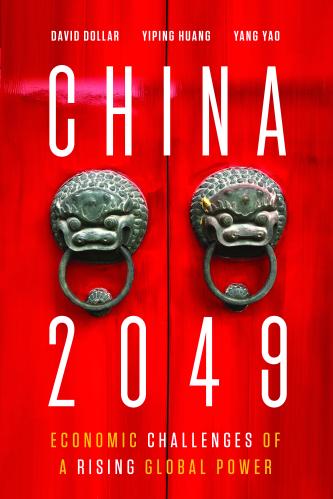
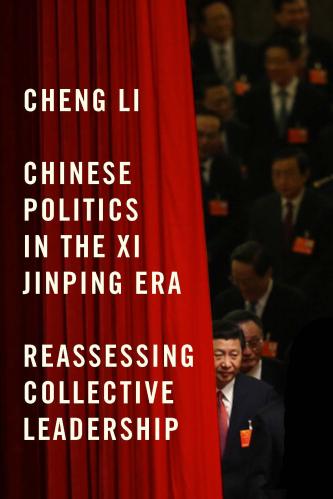
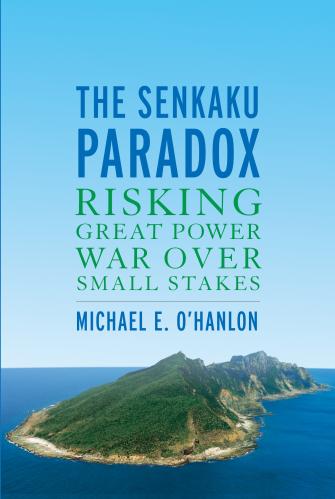
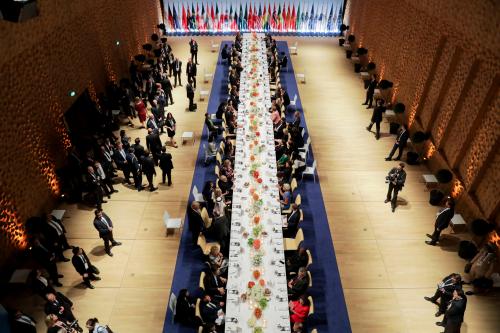
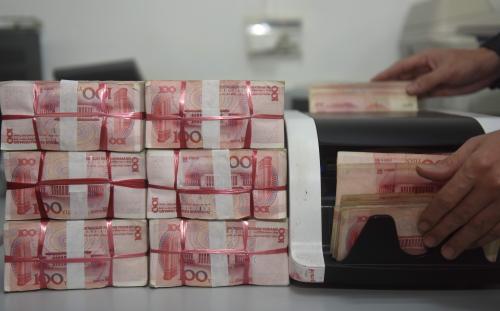
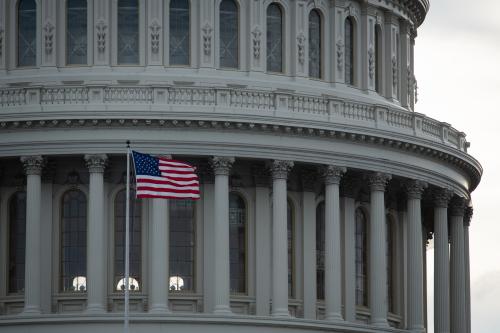
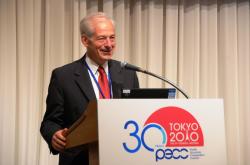


Commentary
China could help stop the freefall in global economic cooperation
July 16, 2020